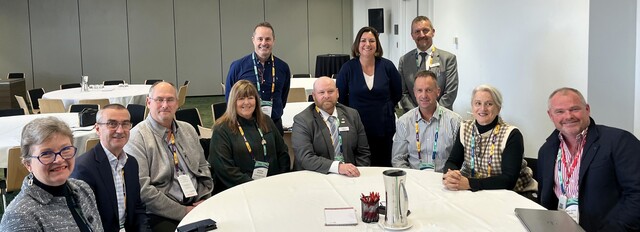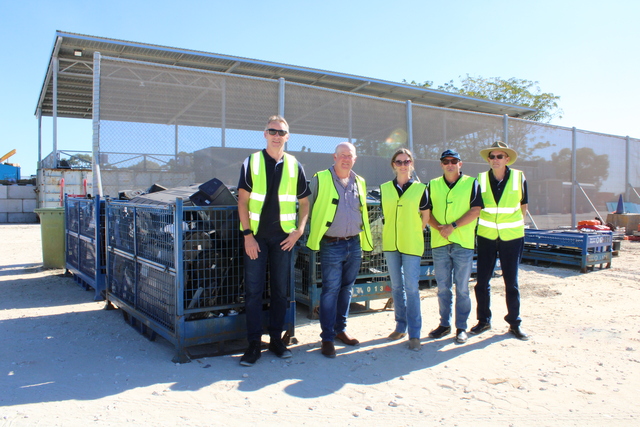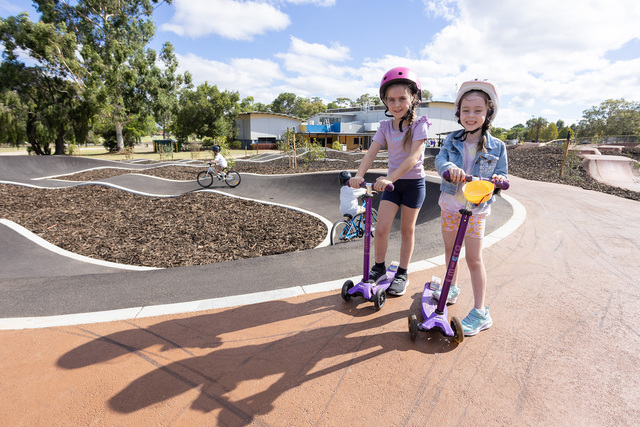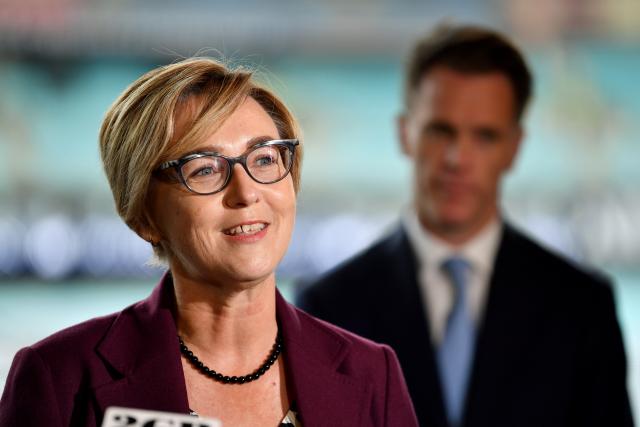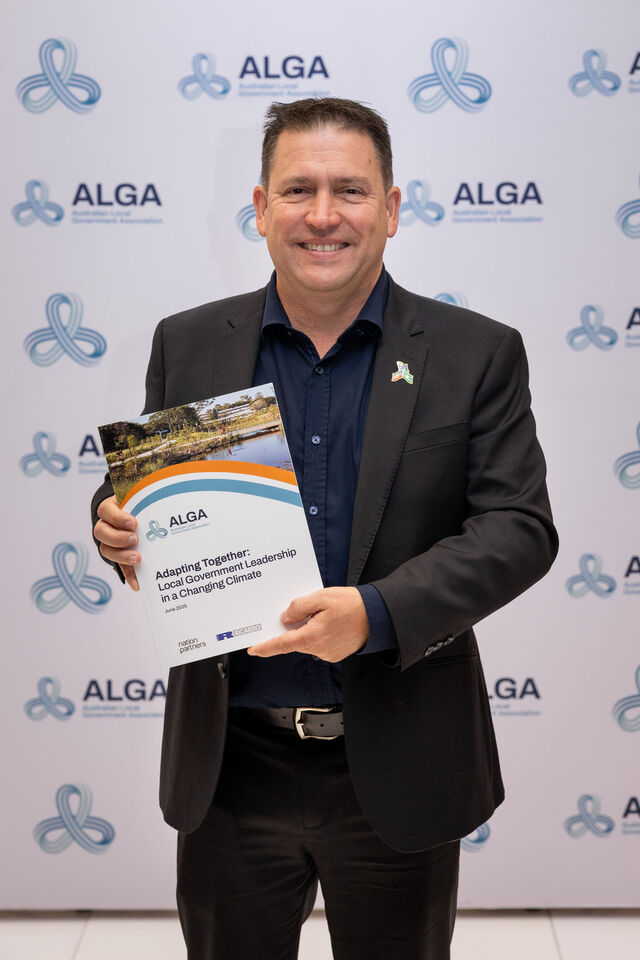By Andrea Ferris*
Earth Hour, the Banksia Award winning global climate change initiative of World Wildlife Fund (WWF), Australia, is arguably one of the world’s most effective public awareness raising campaigns.
Councils’ marketing and communications teams sometimes need to invent a campaign or event to raise awareness, influence public opinion or instigate behavioural change. So, what makes a great campaign and how do you know whether it’s been effective?
It all starts with a great idea, says Liz Potter from the WWF Australia Earth Hour Global Team, who was there at the table with the WWF communications team and advertising agency, Leo Burnett, in 2006 when the Earth Hour idea was born.
“The intent was to create a sense of hope for people about climate change and to pair that with an action,” Liz explained. “The action, turning lights off, became a focal point for one hour where people could commit to making long term changes.
“We had a ‘give it a go’ mentality for the campaign. We didn’t test it to see whether it would work, we just went for it.”
Earth Hour has been described as a motivator, a rallying call, a conversation starter, an act of symbolism and many other things throughout the media, whose support and enthusiasm was critical to its success.
But why did it capture such huge worldwide attention?
Liz Potter says it was because the idea was “simple, but ambitious”.
“We created a positive and simple idea, then we set a date and time and invited people to take part – this is what the media embraced. It became an intriguing and exciting story,” she explained. “The community picked it up and ran with it and the media reported on that. This illustrates the viral nature of the campaign – the community spread the word like wildfire.”
The budget was not as enormous as you would expect. WWF held fundraising events, however the campaign was largely supported by donations of time, promotional space, staff and volunteers.
Traditional marketing collateral, such as banners, advertising and posters was important, Liz says, to have the date and time in as many places as possible to remind people to turn their lights off.
“Some people will understand a message quickly, but others need to see it a few times.”
Is there a formula councils can adopt for their campaigns to ensure success? Liz Potter doesn’t believe so.
“I wish we’d had the luxury to think scientifically when we were building Earth Hour, but we put theory to one side – it wasn’t an integrated public relations campaign.
“The challenge is to think creatively. Ask three questions before you begin: Is the idea positive to the issue you’re dealing with? Is the community ready to think about the issue differently? Can you lead the way?
“Leadership is critical. Councils are well placed to show leadership because they are in touch with their community every day and they have people who are interested in taking part in promoting the community.
“Don’t be too prescriptive about what people can do, make it as flexible as possible and allow the people who participate in it to own it.
“I think any community campaign needs to be built around the idea of communities owning it and it needs to fit around the spirit of how communities are feeling.”
Liz Potter believes positive campaigns are the best.
“It’s amazing what people can do when they think it’s possible to think and act positively about an issue. I’m not sure what science and theory says about behaviourial change, but if you’re coming from the perspective that it’s possible to make a change, even if it seems impossible, it’s probably the best place to start.
“Collective support is important. Earth Hour is nothing without the incredible support we get from people, businesses and community groups.”
No campaign is worthwhile unless it can be evaluated effectively and the WWF employed a few different measures to Earth Hour that included polling, web signups and media.
The countdown for Earth Hour 2009 on Saturday 28 March at 8.30pm is well under way at WWF – a year when the campaign is predicted to form a positional mandate for the United Nations Climate Change Conference in Copenhagen in December 2009.
For more information about Earth Hour and how your council can participate visit www.earthhour.org. To find out about the work of WWF Australia visit www.wwf.org.au
*Andrea Ferris is a freelance marketing and communications practitioner specialising in Local Government and agribusiness through her business, Your PR Department. Contact Andrea on 0407 449 270 or visit www.yourprdept.com.au
Campaign tips from Earth Hour
- understand how your community feels
about an issue - collaborate and form a great idea
- think ‘creative’, ‘positive’ and ‘simple’
- ask whether it’s intriguing, inviting and exciting to the media
- allow the community to ‘own’ the
campaign - provide strong leadership
- be flexible
- foster collective support
- evaluate wisely


